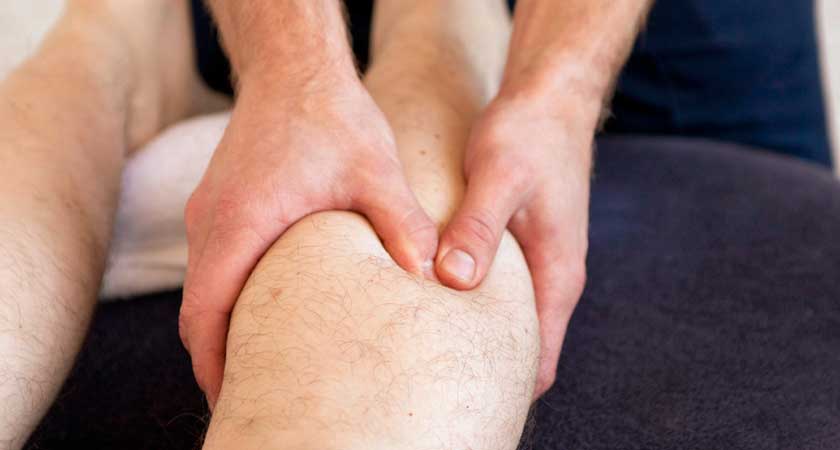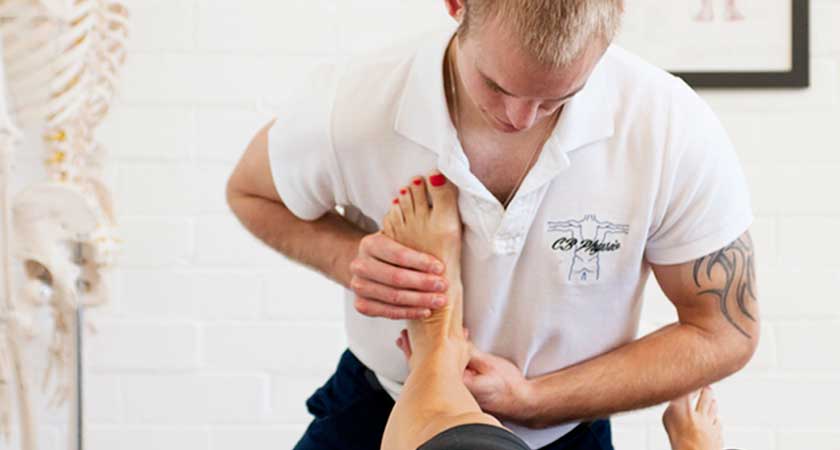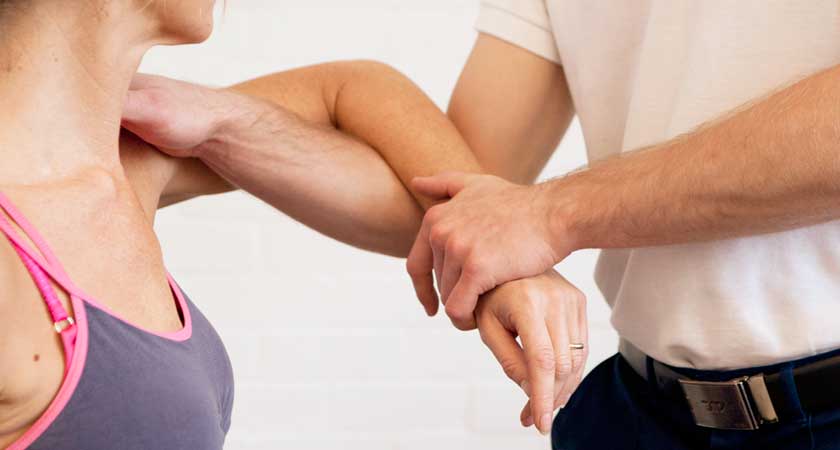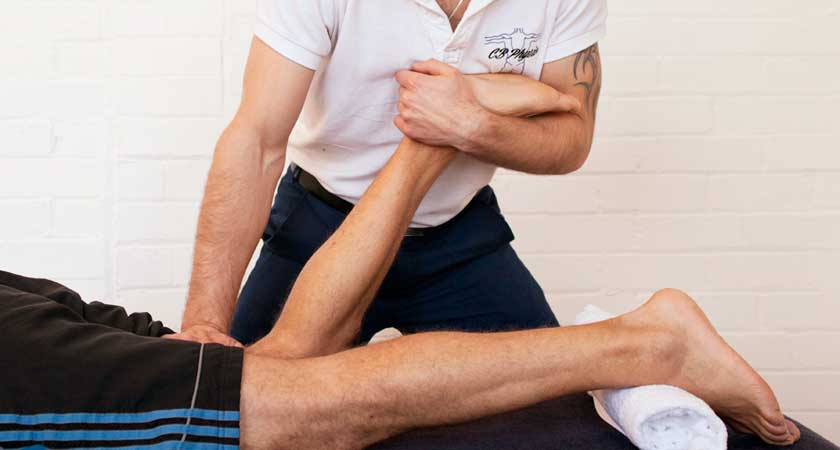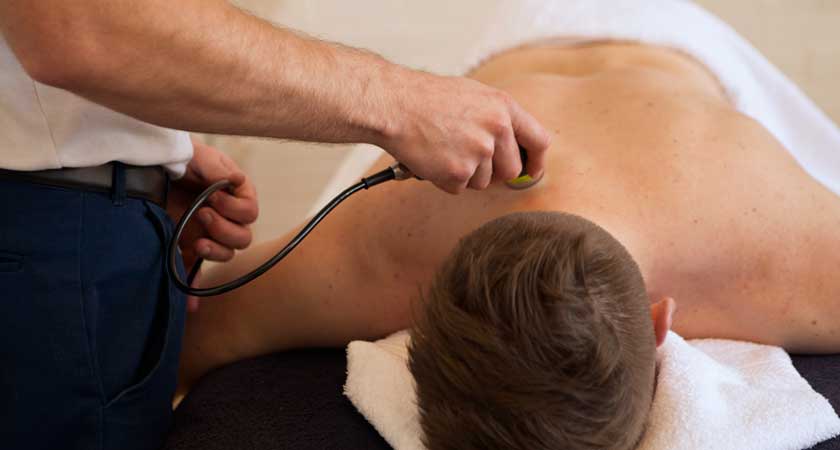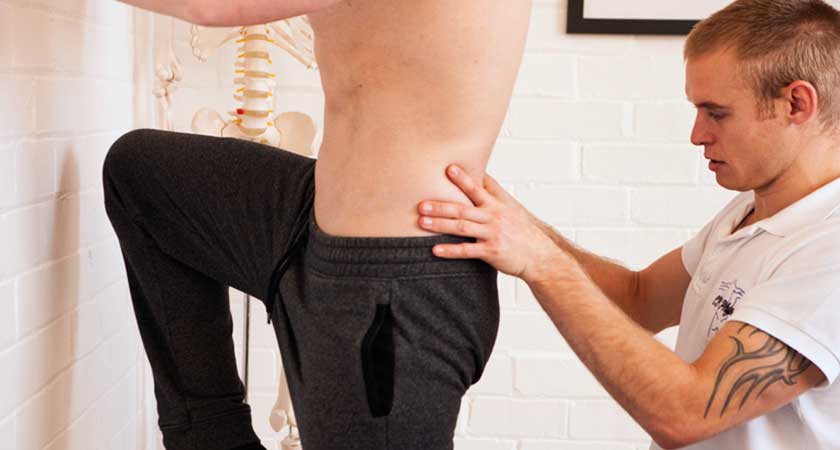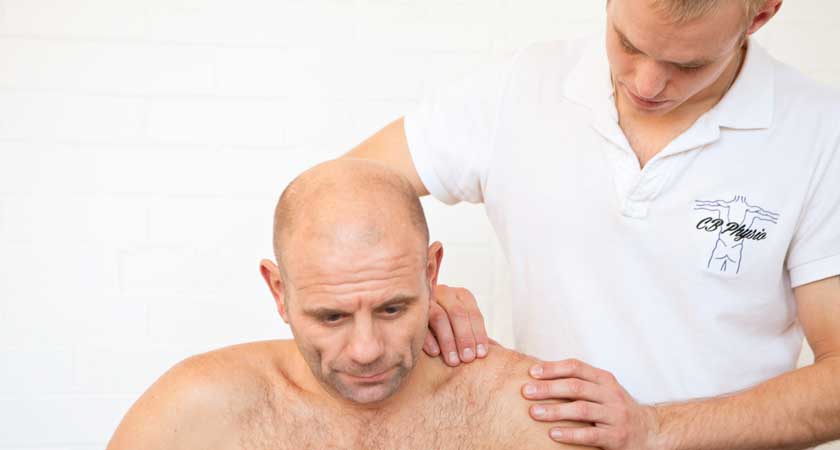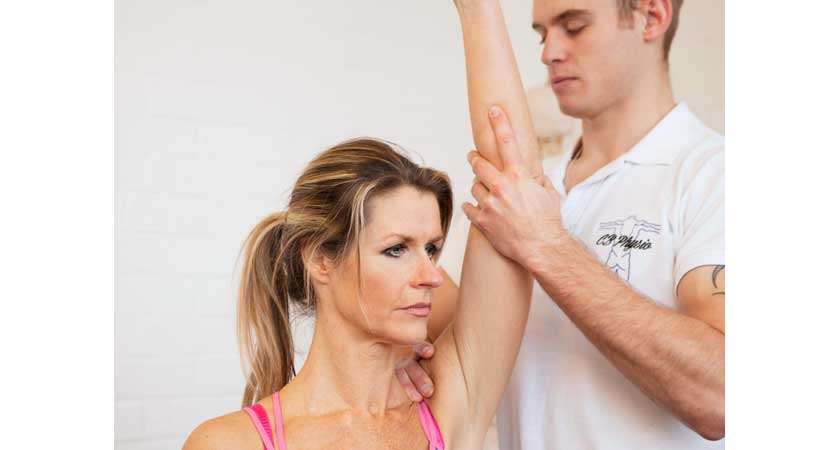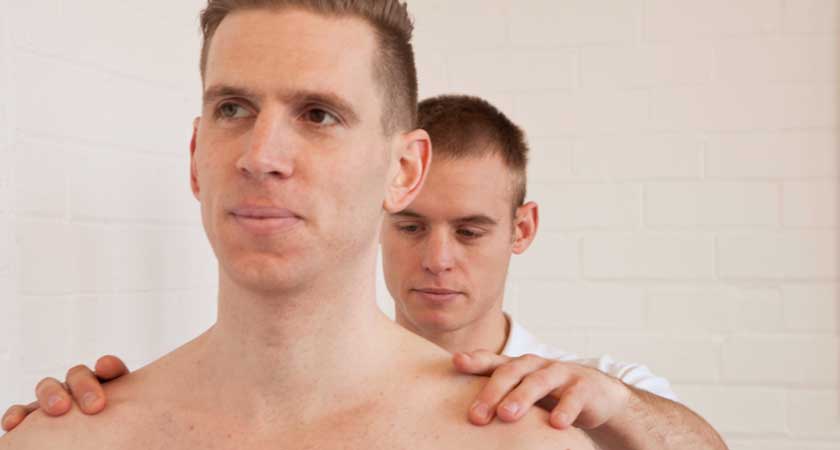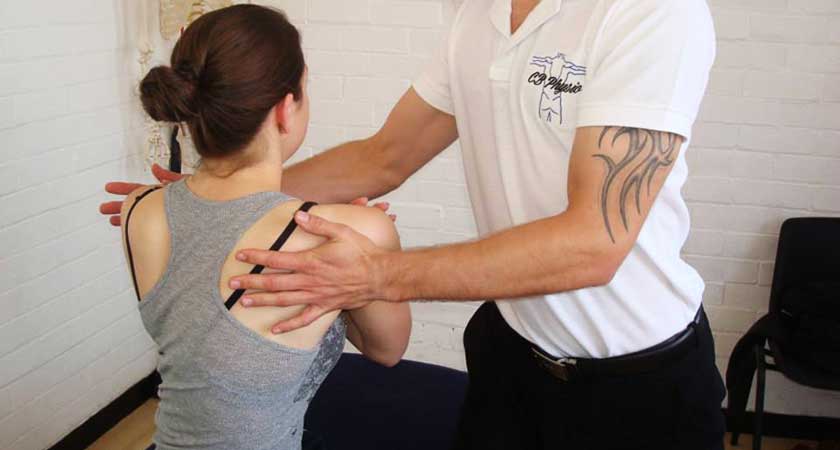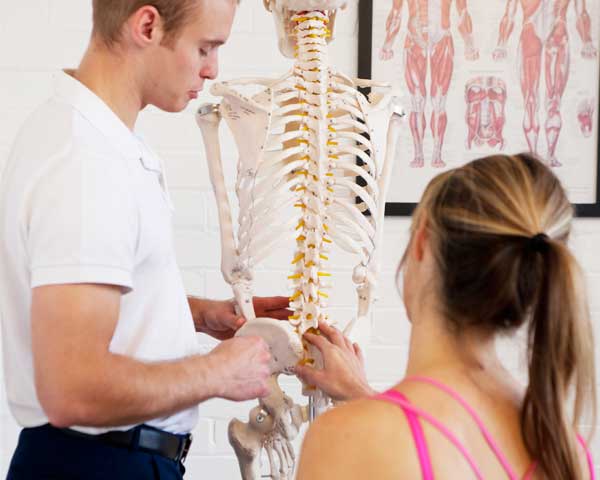
Treatment Plan
Treatment often takes place over a six week period during which you will perform exercises and stretches to maximise the benefit of physio sessions.
With conditions that have become chronic it is essential to understand the history of the condition and how it has developed to be confident we are treating the root problem rather than secondary conditions.
Some conditions can be resolved with just one session and follow up exercises, other conditions may be more stubborn but usually we can plan your route to recovery in your first session.
I often work with other specialists and can arrange appointments in therapies such as running biomechanics analysis.
Commitment to the Plan
Clients recover faster when they don't give in to the frustrations of their injury with a premature return to training. I have found that clients who understand their condition and the stages of a phased recovery commit to the treatment plan. As the measurable milestones are reached and passed clients become more confident that the end result will be successful. I enjoy explaining what is going on and see alleviating the mental stress associated with injury as essential to recovery.
Physiotherapy
Over the course of treatment I use a combination of hands on techniques such as trigger pointing, ultrasound and massage, introducing stretches and exercises for you to do between sessions. My aim is to progress you into the gym where I can help rebuild your confidence and assess your strength and mobility in weakened areas. You will find that building a strong foundation will enable you to return to training with confidence - so many sports people return too soon only to find themselves back in physiotherapy a few weeks later.
Acupuncture
Acupuncture is a form of Traditional Chinese Medicine where fine needles (0.2mm wide) are used to puncture the skin at specific points along the body (Acupuncture Points). Traditionally acupuncture has been used to treat a wide variety of health conditions, however at CB Physio we use it to treat pain. This enables us to be more effective with the Physiotherapy treatment which will often be done alongside the acupuncture treatment.
Dry Needling
Dry needling or also known as trigger point dry needling is similar to acupuncture in the sense that fine needles are used to puncture the skin at certain points along the body. However rather than using specific acupuncture points, dry needling is used to target neuromuscular trigger points within muscles to treat myofascial pain & is often used in conjunction with Physiotherapy to treat a problem.
Common sources of pain and treatment
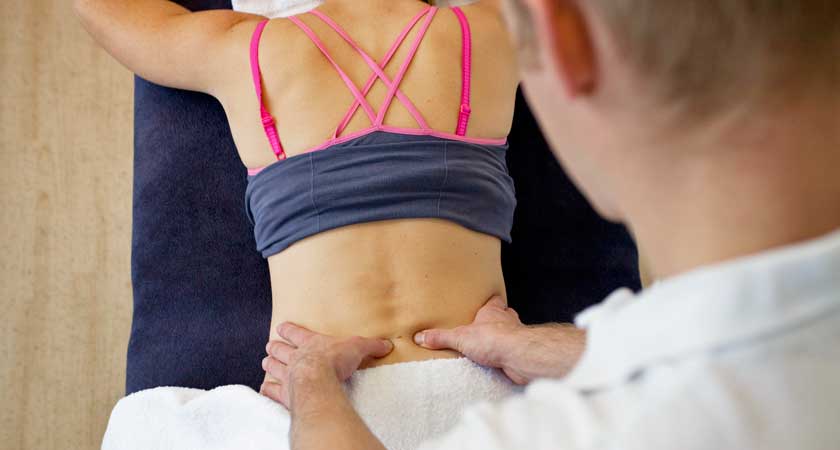
Low Back Pain
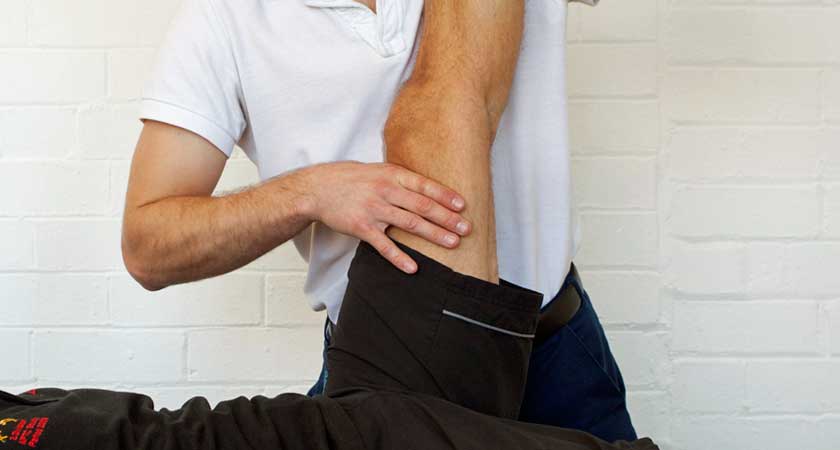
Knee Pain
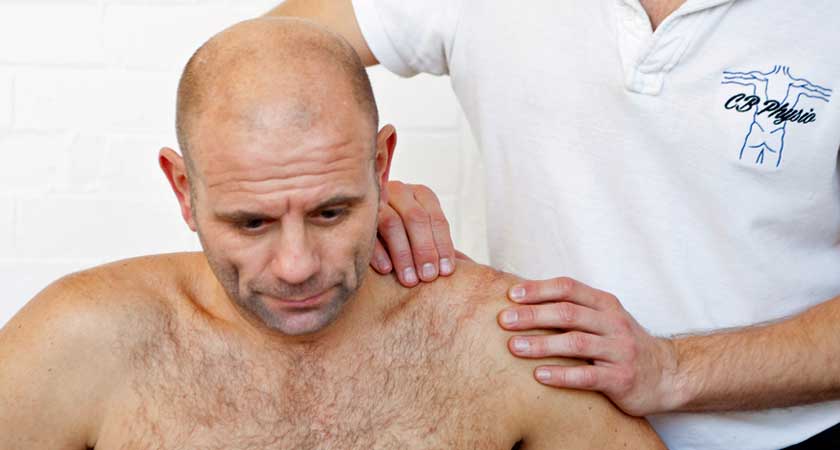
Neck and Shoulder Pain
